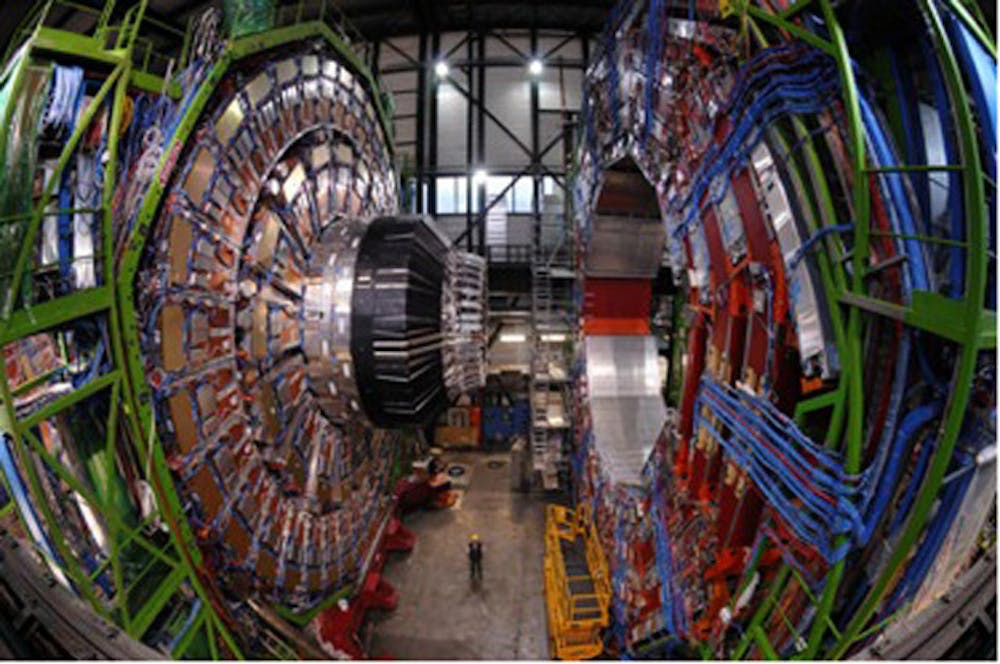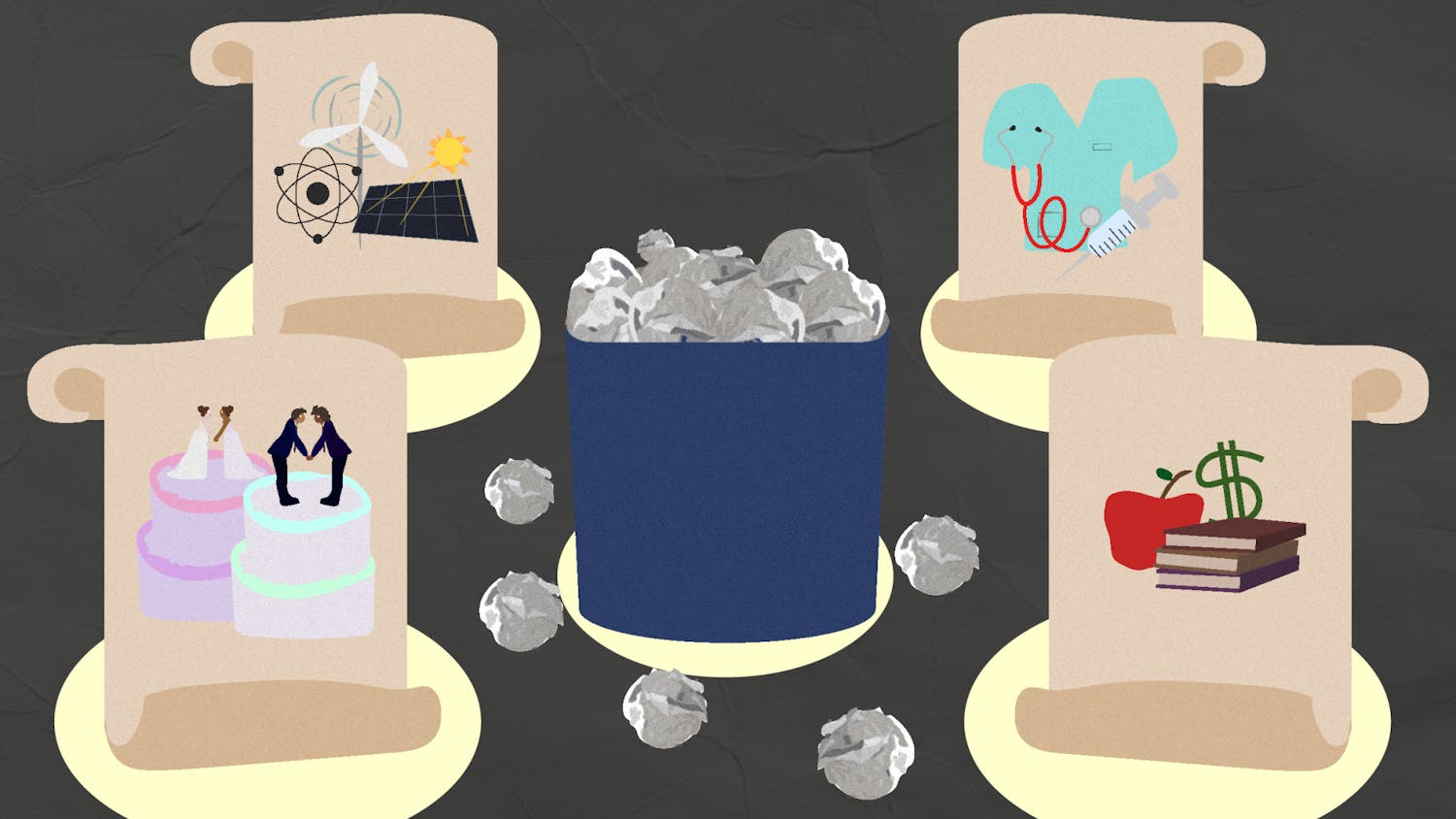A new, unexplored area of science just opened up, and UF plans to reap the benefits.
About 40 UF professors and students worked in Switzerland on the Large Hadron Collider, the world’s largest particle accelerator, as part of an international collaboration, said Guenakh Mitselmakher, leader of the UF research team and a UF physics professor.
On Tuesday morning, the collider broke a small-scale energy record and finally collided particles.
The particles collide in a detector that collects data about the collision and sends it to the researchers involved.
The collider works by taking particles, the building blocks of atoms, and smashing them together inside a vacuum at enormously fast speeds.
Future experiments with the collider will recreate the phenomenon of the Big Bang on a miniature scale, Mitselmakher said.
Mitselmakher and Darin Acosta, deputy physics coordinator for the Compact Muon Solenoid team and a UF physics professor, said it took 17 years to build the detector and $10 billion to build the collider.
UF will use the collider to find answers to problems that have challenged scientists for decades, such as an explanation for dark, or invisible, matter that makes up about 20 percent of the universe, Mitselmakher said.
“Now we have confidence that the experiments will actually produce results,” he said. “What results, we don’t know yet.”






